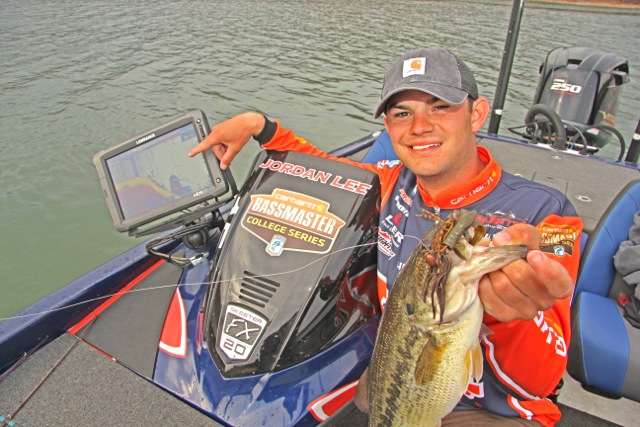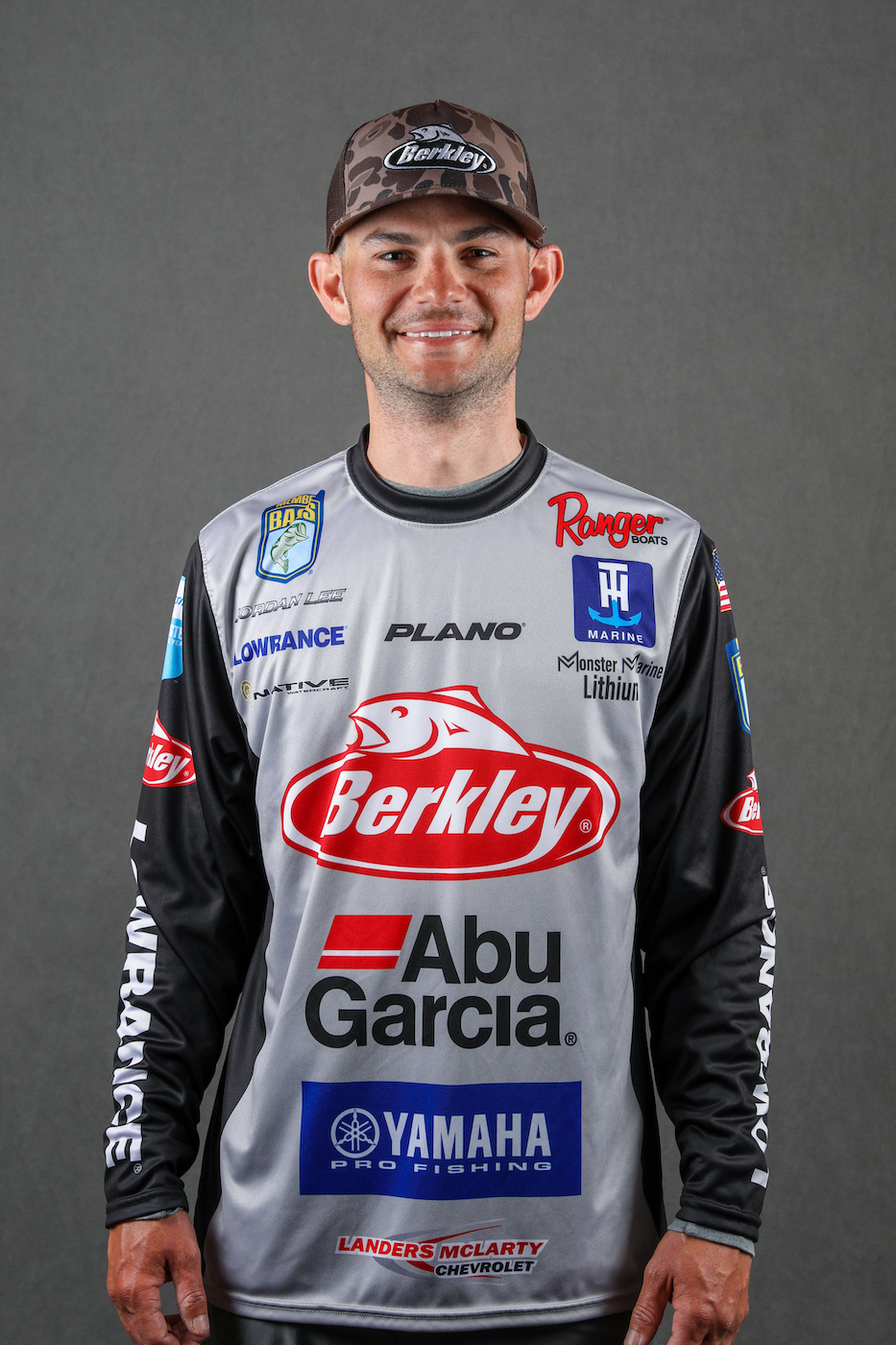
Summer is here. The bass are done spawning, or nearly finished spawning, throughout most of the United States. And just as importantly, shad, their primary food source, move to deeper water as the water warms in the summer.
It’s time to look for bass on the ledges. By “ledges,” I’m referring to those underwater haunts where a shallow flat falls off into the much deeper old river channel or primary creek channel.
When the spawn is over, bass want to eat, and while you can always catch largemouth shallow, the much larger schools of quality-sized fish will be grouped up around shad in deeper water throughout the next couple of months.
Today’s modern electronics pair GPS mapping with awesome sonar images to make locating a channel dropoff or ledge pretty easy, but it’s not necessary to have a $3,000 fishfinder to locate a ledge full of bass.
You can keep it as simple as finding the old river or creek channel on your favorite lake with a paper topography map. As you trace the channel with your eyes, make careful notes of where the channel ‘swings’ or bends along its natural path.
If that bend or swing is next to a shallow flat or a main lake point in 15 to 30 feet of water, you’ve probably just circled a great spot to catch a largemouth this summer – or very possibly, a whole school of fat ones.
Once you think you’re on the magic spot, boat positioning becomes critical. Remember, it’s a creek or river channel, so there’s probably some current associated with it. So make sure you’re positioning your boat to retrieve your lures with the current, not against it, because bass position themselves to capture whatever food the current naturally pushes into their faces.
Locating bass and boat positioning are the tough parts; the lures you use to catch them can be as simple as just two – a Fat Free Shad BD8 in citrus shad and a 3/4-ounce football jig.
I use a really long, 7’ 11” Shimano baitcasting rod that allows me to cast that big Fat Free Shad a really, really long way. Long casts are critical to ensuring your crankbait gets into the strike zone, and stays there in those 16 to 18 foot depths. I use a thin diameter 10-pound fluorocarbon line spooled on a 5.5:1 reel to add to the crankbait’s depth.
The other lure I like is a 3/4-ounce football jig like the one you see in the photo. I pair it with 15-pound line.
Most of fishing ledges involves finding the fish, but once you do, you may very well catch the biggest limit of your life. So get out there and hunt ’em up.





